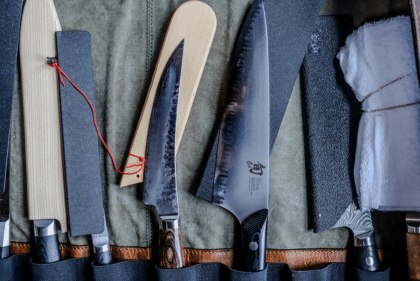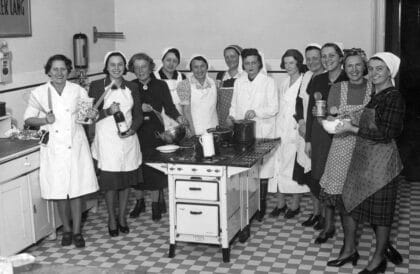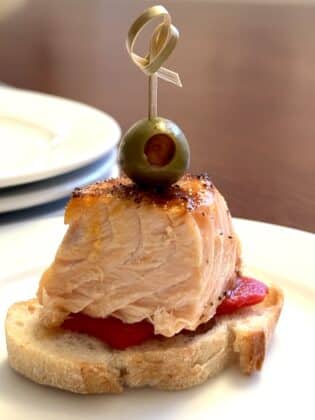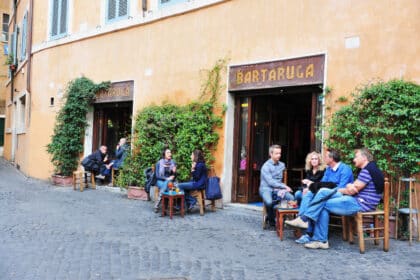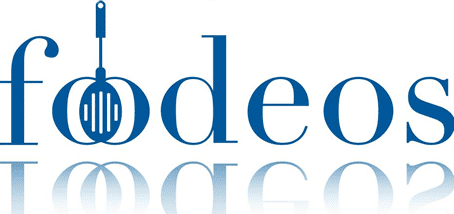Brewer’s Choice
Brewer’s Choice
Scott Mansfield has been brewing all kinds of fermented beverages at home for the last fifteen years. Here he offers a favorite celebratory cocktail with purchased ingredients, a recipe for a homemade libation made with oranges and vodka, and a non-alcoholic very grown-up ginger beer.
Amaro Champagne Cocktail
Last New Year’s Day, my girlfriend and I cleaned our flat of the previous night’s party detritus, cooked a traditional Southern New Year’s meal of pork, greens and black-eyed peas, and hosted a good luck brunch. As guests arrived, we presented each one with a champagne flute filled with what looked like sparkling rosé. Each guest sipped politely, then responded with some variation of, “Oh my God, what IS this? It’s incredible!” We had asked our guests to bring decent Champagne for the brunch, and we used it all to create this crowd-pleasing Amaro Champagne Cocktail.
The recipe is simple: fill the glass with champagne and top it off with a splash of your favorite amaro, a bittersweet Italian herbal liqueur.
Aside from its simplicity, one of the beauties of this cocktail is the variety of results you can get by varying the type of amaro you use. Amaro means bitter in Italian, and there are dozens of amari made from infusing herbs, spices, roots, flowers and fruit in a spirit. The crowd favorite at our New Year’s Day brunch was made with Aperol, which falls on the sweeter end of the amaro spectrum. My girlfriend, who loves bitter flavors, preferred her cocktails made with Campari — which is not technically an amaro, but could play one on TV. The good quality Brut made the best cocktails, though we had acceptable results with Extra Brut and Extra Dry as well.
I’d suggest an approximate ratio of 10:1 Champagne to amaro. Aperol and Campari both worked well because their citrusy notes play well with a dry sparkling wine. As a bonus, their bitterness piqued everyone’s appetite for the brunch.
Non-Alcoholic Ginger Beer
There are an increasing number of craft ginger beers on the market, but it’s so easy to make your own it seems a shame to buy it. Besides, it’s healthier when you make it yourself, because you can add as much ginger as you like, and the live yeast you’ll use to carbonate it has probiotic properties.
You have probably heard that ginger is an extremely healthful spice, causing the heart to beat more strongly and slowly and removing cholesterol from the blood. It has antiviral, anti-inflammatory, and antibiotic properties; it helps alleviate nausea, and it can reduce migraines. And most importantly, it’s delicious. An easy way to get more ginger in your diet is to drink it, and you can consume a lot more non-alcoholic ginger beers than an alcoholic version.
Nearly all soft drinks on the market are carbonated by artificially infusing the gas into the beverage before bottling. When you make it at home, you’ll use natural carbonation, which is the result of yeast consuming sugar and giving off carbon dioxide. By capping a bottle of fermenting beverage before all of this carbon dioxide can escape, the gas is naturally infused in the beverage. Opening the bottle not only releases the gas, it also unlocks the flavors and aromas of the beverage.
To naturally carbonate any beer, cider or wine, you’ll need a little residual sugar and some yeast to consume it. This recipe is a true old-fashioned classic that is simple to make and easy for you to tweak to better match your own taste.
Important note: The beer this recipe makes is not sweet. If you want to make it sweet, you have two options:
• Add artificial sweetener before bottling.
•Add sugar immediately before drinking. DO NOT add extra sugar before bottling. When yeast consumes sugar it gives off carbon dioxide. The sugar you add before bottling will be just enough to cause natural carbonation. If you add additional sugar and seal the bottle, the yeast could produce enough carbon dioxide to explode the bottle. ![]()
First published June 2015

